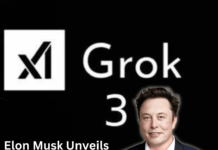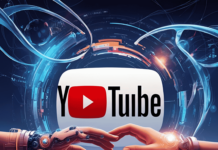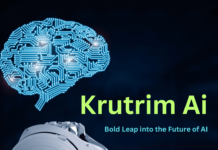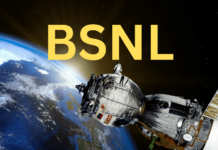Japanese company unveils futuristic rideable robot lion concept – Kawasaki Heavy Industries brought a groundbreaking robot lion concept to the market as part of their innovative product development which seems like straight science fiction material. The mass event for Osaka-Kansai Expo 2025 hosted the “Corleo” robotic show which left people stunned while they discussed the future of human transportation. The combination of modern design with robotic capabilities and ecological hydrogen power makes Corleo an innovative off-roading vision from Kawasaki that advances sustainable technology. People wonder what the robotic lion truly represents regarding upcoming advancements.
futuristic rideable robot Lion-Inspired Machine
The name “Corleo” finds its source from Leo the constellation to create a stunning and powerful impression that matches Kawasaki’s design goals. Unlike conventional motor vehicles Corleo operates without wheel technology. This vehicle moves through different terrains by using four separate legs that can move independently and feature bifurcated rubber hooves to secure its grip on challenging land types. The robotic machine harnesses natural leg movement characteristics from lions and mountain goats to deliver its state-of-the-art technology. During horse-riding activities riders steer Corleo using their body movements while an up-front display gives precise readouts about stability and hydrogen content.
Video Credits to – Thrive News
The Corleo exists as an advanced version of the standard all-terrain vehicle (ATV) according to Kawasaki. The concept from Kawasaki goes beyond traditional motorcycle and off-road bike boundaries in terms of product development. The robot excels in moving through challenging terrains that include rocky paths and snowy terrain or mountainous areas which positions it as a disruptive tool for both explorers and disaster relief personnel. A promotional CGI video showcases Corleo jumping over crevasses while its graceful movements resemble those of a wild animal yet Kawasaki admits the current prototype design does not reach that level of performance.
Hydrogen Power: A Clean Energy Vision
A 150cc hydrogen-fueled engine together with a hydrogen fuel cell system serves as the central power source of Corleo to advance Japan’s carbon neutrality goals. The powertrain of Corleo works through hydrogen fuel to create electricity which yields water as its final product. This hydrogen-powered innovation follows the sustainable innovation goals Kawasaki pursued through previous projects including the Ninja H2 HySE motorcycle displayed at Suzuka Circuit in Japan 2024. The ambitious national energy policy for Japan includes hydrogen integration up to 10% by 2050 with Corleo acting as a futuristic representation of this goal.
Read Also – Bhavish Aggarwal Invests ₹2000 Crore in Krutrim AI
Apart from being environmentally friendly the selection of hydrogen comes with additional practical advantages. Hydrogen energy has high density which makes it suitable for powering a vehicle operating in tough landscapes while transporting people. The prototype provides ambiguous speed and range specifications but Kawasaki intends to use Corleo as an exhibition model for how clean energy will transform future mobility in the upcoming decades.
From Concept to Reality?
The development stage of Corleo exists solely as a concept. The Expo’s revealed prototype managed to stand and be posed while no one has observed it performing mountain leaps or obstacle challenges in actual conditions. All the remarkable actions depicted in Kawasaki’s video remain as digital fantasies which have not achieved realistic production yet. The business aims to develop Corleo or an equivalent product for release to market by 2050. The proposed delivery of Corleo to markets is scheduled for 2050 extending beyond twenty-five long years during which experts may question the practicality of this plan. Does Corleo have the potential to shift from its current status as concept product into a physical item that customers can buy?
Kawasaki exists among several companies who research rideable quadrupeds. XPeng based in China released child-sized robotic “unicorns” to the market while Spot by Boston Dynamics serves industrial purposes due to its four-legged design. The Corleo model stands unique because it targets riders in its design combined with its ambitious size and multifaceted objectives. Corleo represents a partner rather than a mere tool since its creators drew inspiration from video games including Horizon Zero Dawn and their playable mechanical beasts. The robotics division at Kawasaki functions since 1989 giving observers confidence that the speculative Corleo design has realistic potential for development.
The Bigger Picture
Japanese innovation shows itself through Corleo by combining progressive thinking with practical heritage values and environmental awareness and visual storytelling ability. As an established manufacturer of motorcycles and trains along with industrial robots Kawasaki has staked its claim in future mobility innovations. The creation of Corleo represents more than the development of a stylish robot because it aims to transform human-machine environmental interactions. The potential success of Corleo would create paths for exploration which could include both wilderness exploration and disaster zone rescue operations.
The present edition of Corleo offers only a peek at the potential future possibilities. The machine serves as an expression of human creativity which roars while still facing future uncertainties. Whether Kawasaki will materialize a functional robotic rideable animal remains a future uncertain question but the company has established a pioneering era of robotic exploration.








